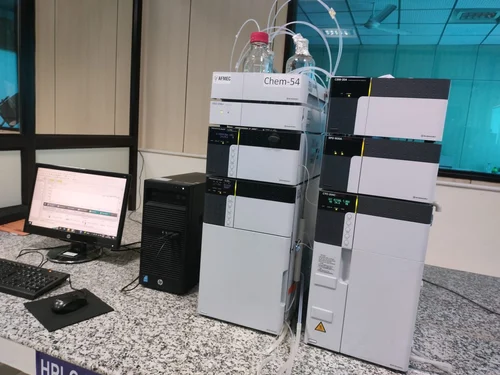10 Tips for HPLC Analysis In Pharmaceuticals

10 Tips for HPLC Analysis in Pharmaceuticals
-
Choose the Right Column
-
Select the correct stationary phase (C18, C8, phenyl, etc.) based on analyte polarity.
-
Consider particle size, column length, and pore size for optimal separation.
-
-
Prepare Mobile Phase Properly
-
Use HPLC-grade solvents and degas them (ultrasonication, helium sparging, or vacuum filtration) to prevent bubble formation.
-
Maintain pH within the column’s recommended range.
-
-
Ensure Sample Cleanliness
-
Filter samples (0.22 or 0.45 µm) before injection to avoid clogging the column.
-
Avoid injecting particulate matter.
-
-
Maintain Column Temperature
-
Use a column oven to keep temperature constant, as it affects retention time and peak shape.
-
-
Use Proper Flow Rate
-
Stay within the manufacturer’s recommended flow rate range to avoid excessive backpressure or poor separation.
-
-
Calibrate and Validate the System
-
Perform system suitability tests (SST) before analysis: check parameters like resolution, tailing factor, and theoretical plates.
-
-
Optimize Injection Volume
-
Avoid overloading the column — high injection volumes can distort peaks.
-
-
Regular Column Care
-
Flush the column with suitable solvents after use.
-
Store columns in the manufacturer-recommended storage solution.
-
-
Record and Monitor Data
-
Follow ALCOA+ principles for data integrity: ensure all chromatograms and results are attributable, legible, contemporaneous, original, and accurate.
-
-
Follow Regulatory Guidelines
-
Adhere to ICH, USP, and pharmacopeial methods when applicable.
-
Document every step for GMP compliance.
-

